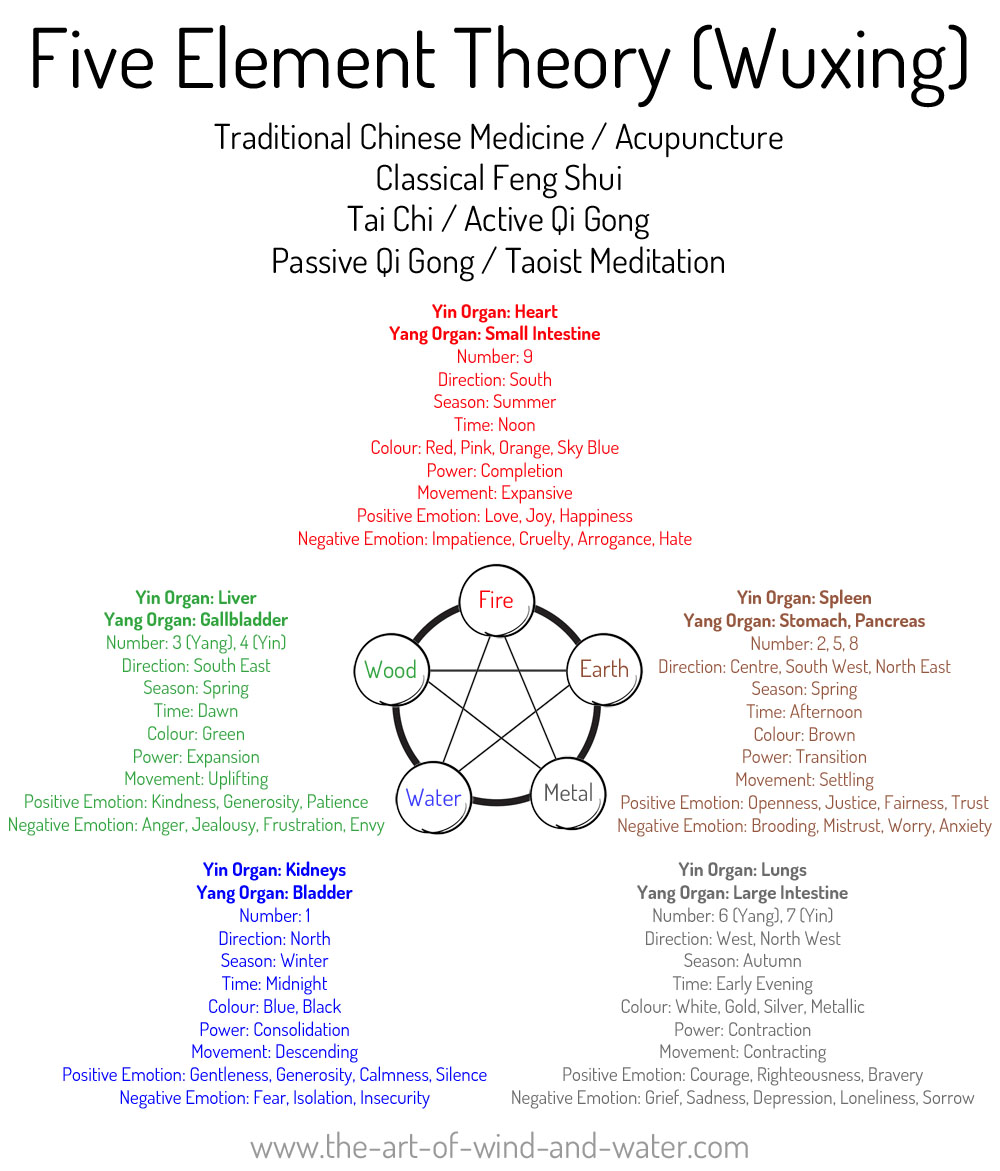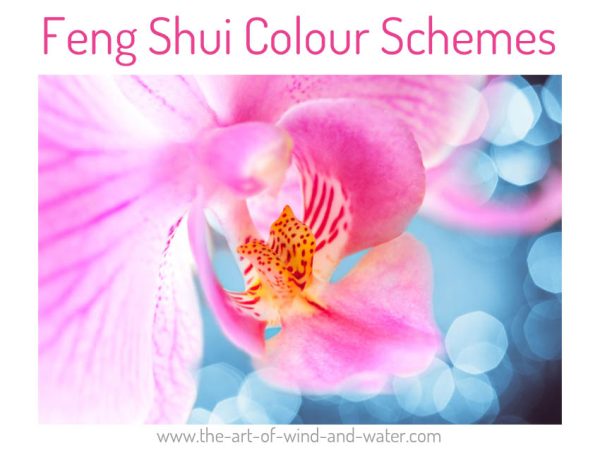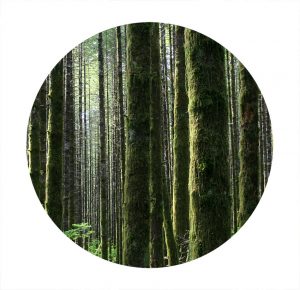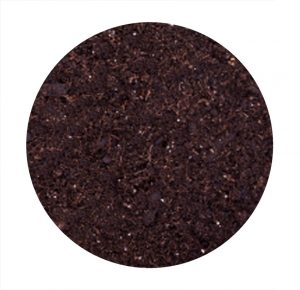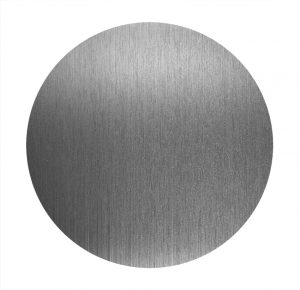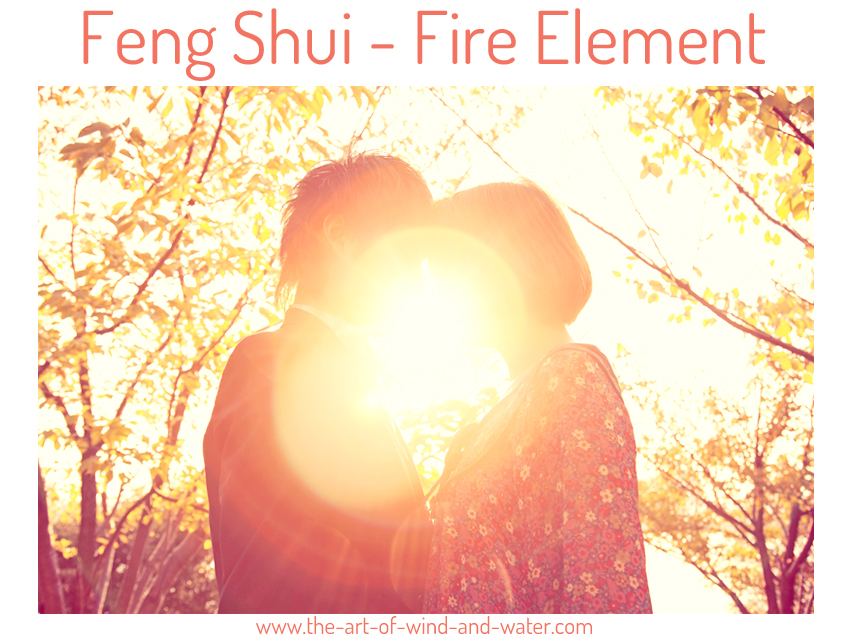
The Fire Element
Classical Feng Shui
Also known as ‘The Five Transformations’, these elements are associated with an aspect of time and different states. Within your home the five elements can be used with the Chinese Trigrams from the I Ching when looking at any missing areas in the plot or building shape and Feng Shui. They can also be used with the Flying Stars when using the Lo Pan Compass to analyse the interior, they are then applied through a combination of materials, shape and colour. The following table provides a breakdown of the fire element; the essence, meaning & application based on Classical Feng Shui and Taoist philosophy.

| Five Element Theory | The Fire Element |
|---|---|
| Associations | Inspiration, Protection, Achievement, Passion, Clarity, Intellect |
| Colours | Red, Lilac, Sky Blue, Pink, Orange |
| Season | Summer |
| Time | Noon |
| Direction | South |
| Celestial Animal | Phoenix |
| Yin or Yang | Yang, Masculine |
| Movement | Expansive |
| Power | Completion |
| Flavour | Bitter |
| Sound | Roar |
| Weather | Heat, Dry |
| Climate | Hot |
| Age | Prepubescent |
| Stage of Life | Growth |
| Organ | Heart, Small intestine |
| Exterior | Volcanoes, Bonfire, Fireworks, Patio heater, Lights, Mountain peaks, Temple roof, Church roof |
| Interior | Coloured furnishings, Candles, Hearth, Tinted light bulbs, Electrical equipment, Heat, Lighting, Cookers |
| Material | Physical fire |
| Shape | Triangle |
| Form | Sharp edges, Pointed roof, Triangle, Pyramid, Spires |
| Building Material | Glass |
| Building Shape | Steep angles |
| Roof Shape | Steep angles |
| Building Activity | Spiritual purposes, Creative arts, Visual artists, Designers, Entertainers, Performers, Stock brokers |
| Images | Fiery sunrise, Sunshine, Fiery colours, Active images |
| Colours | Red, Purple, Sky blue, Lilac, Pink, Baby Pink, Orange |
| Yin (Feminine) | Soft lighting, Candles, Incense |
| Yang (Masculine) | Log fire, Bonfire, Brilliant sunshine |
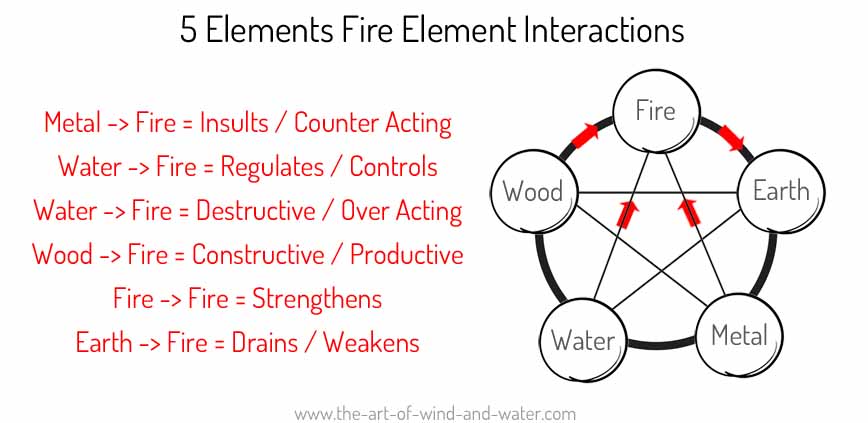
The 5 Element Cycles and Relationships
The heart is the fire element in Taoist philosophy. In the five element theory, the other four elements interact with the fire element. The concept of the five elements is to bring everything back into balance, each coexisting without dominance. You can use the 5 elements to determine which of the five elements could be utilised to help strengthen, weaken, control or regulate the metal element. An example would be if the fire element was deficient, then the wood element would be used to support and the fire element would be used to strengthen. If the fire element was too strong, then the earth element would be used to drain, or the water element would be used to regulate.
5 Elements Architecture
In the surrounding environment, shapes in the landscape whether natural or built correspond to the five element theory. This article looks at buildings and the five elements: wood, fire, earth, metal, water.
5 Element Colour Schemes
The history of colour is rooted in ancient times, religion and culture. There are many colour schemes and colour associations from varying corners of the globe. Here are the three main groups; Western, Eastern and Feng Shui.
